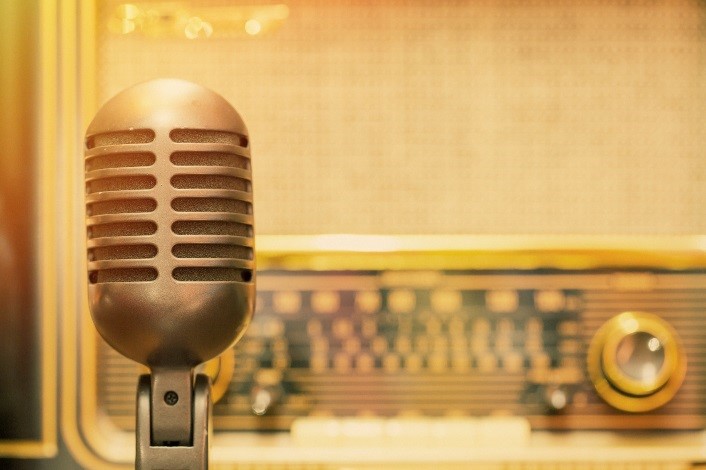
November 21, 2016, by Michael Jennings
Sound studies: an Impact Fellowship at the Science Museum
Dr James Mansell, Assistant Professor in Cultural Studies, is interested in how sound and other sensory experiences connect us socially. Here he writes about his experience of a fellowship at the Science Museum and the unveiling of a sound installation at the British Library.
During my research leave in 2016 I was awarded a Research Impact fellowship by the Creative and Cultural Industries Research Priority Area to spend time working at the Science Museum, London, on a project about sound and technology.
The Science Museum has in its collection a vast array of scientific instruments and technological objects. Museum researchers and practitioners have reflected quite substantially on the conundrum of placing such objects – originally designed with a practical, lively, purpose – in a state of inertia behind plate glass. They have questioned whether looking at these objects is enough to fully understand them, and subsequently developed new strategies for allowing visitors to touch and otherwise interact with exhibits.
Pneumatic drills and pianos
My starting point was to wonder, alternatively, about the sounds of scientific and technological objects, and how visitors might be engaged through their auditory sense. Through the research I had conducted for my book, The Age of Noise in Britain: Hearing Modernity, I knew that the Science Museum had hosted a major temporary exhibition on Noise Abatement in 1935.
I began by digging a little deeper into this exhibition, examining the Museum’s files as well as those held elsewhere, to piece together a little more about this exhibition. It turns out that it was full of sounds! Pneumatic drills were demonstrated in the museum courtyard, a replica house with soundproofed and un-soundproofed rooms was built to demonstrate the varying transmission of domestic sounds like vacuum cleaning and piano playing and a live broadcast was even organised from the Houses of Parliament which was played through a microphone into a tank of water to demonstrate how sound passes differently through water than it does through the air.
I’m writing up this research as an article for the Science Museum Group Journal, reflecting on what this exhibition can tell us about the practical and political issues at stake in exhibiting the sounds of technology in a museum setting. I delivered a related conference paper at the Science Museum’s inaugural research conference on the ‘Problem of Quiet’, reflecting on the conjoined sonic priorities of museums and consumer technologies.
At the same time, I was supervising an AHRC Cultural Engagement Fellow, Dr Jennifer Rich, who was researching the display of acoustic and sound technology collections at the Science Museum in the twentieth century. It turns out that, in this case too, the Science Museum has a rich history of demonstrating the sounds of technological objects. At a workshop held on 19 July 2016 a variety of scholars and practitioners came together to discuss how museums might generate new attention to sound, particularly where historical sound technologies, such as phonographs and gramophones are concerned.
The Second World War… as you’ve never heard it before
We were lucky to have members of the London Phonograph and Gramophone Society, as well as the composer Aleks Kolkowski, demonstrating historical objects from their collections. This research is continuing: I am working with Kolkowski again to consider how historical sound reproduction technologies can be brought back into use for audiences.
This time we’re putting on an event using objects from the British Vintage Wireless and TV Museum, pairing their objects with historic recordings from the British Library Sound Archive, to re-create the sounds of the Second World War.
These can be seen as part of the Being Human Festival at London’s Senate House until Friday 25 November. On the final day of the Sound and Fury exhibition I will join partners to present an illustrated talk at the British Library.
If you’d like to join us, please book here.
James Mansell is a member of the Creative and Cultural Industries Research Priority Area at The University of Nottingham, where he co-directs the Nottingham Sensory Studies Network, a research cluster supporting sensory work across the disciplines with a focus on sensory methodologies, practices, and histories. He is an honorary Research Associate at Science Museum and is Book Reviews Editor of the journal The Senses and Society.
No comments yet, fill out a comment to be the first

Leave a Reply